Home>Garden Essentials>Where Are The Seeds On A Banana
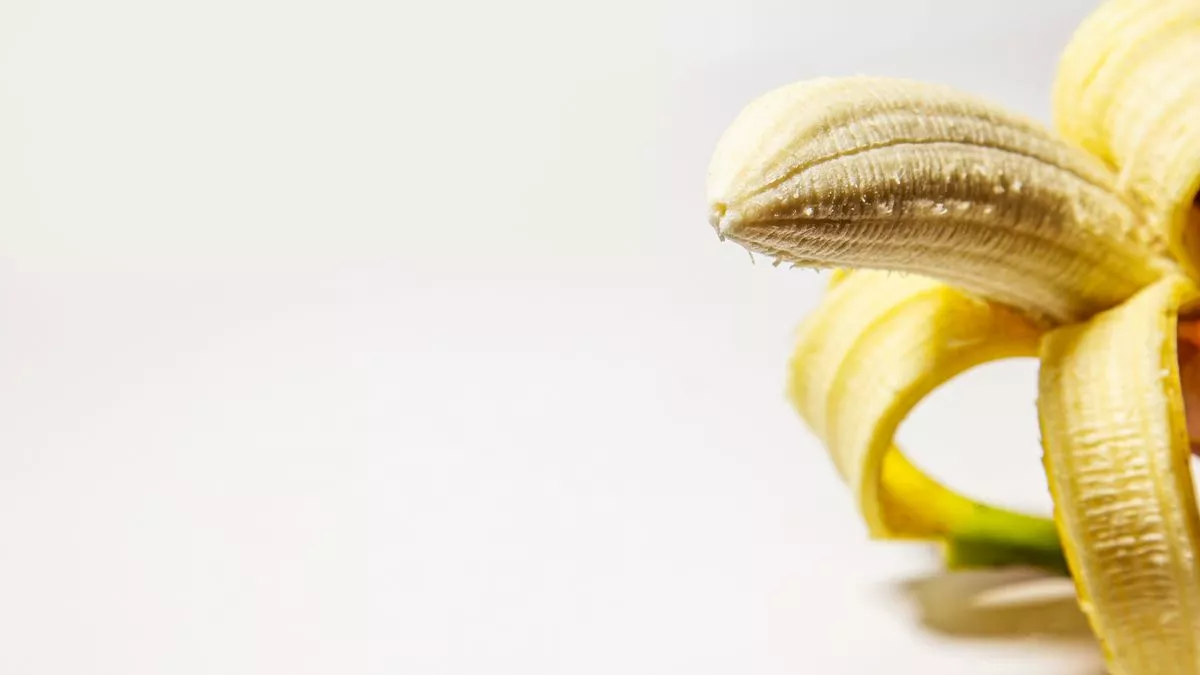

Garden Essentials
Where Are The Seeds On A Banana
Modified: March 15, 2024
Discover where to find banana seeds in your garden and start growing your own delicious bananas! Explore this helpful guide to get started.
(Many of the links in this article redirect to a specific reviewed product. Your purchase of these products through affiliate links helps to generate commission for Storables.com, at no extra cost. Learn more)
Introduction
Welcome to the fascinating world of bananas! These tropical fruits are known for their irresistible sweetness, creamy texture, and their ability to instantly transport you to a sunny beach. But have you ever wondered about the seeds of a banana? Unlike most fruits, the banana seems to be seedless, leading many to question where exactly the seeds are located.
In this article, we will explore the anatomy of a banana, dispel the misconception of seedless bananas, and delve into the intricate science behind banana reproduction. So, grab a refreshing banana smoothie and let’s embark on a journey to uncover the secrets of these delightful fruits.
Key Takeaways:
- Bananas do have tiny seeds near the core, despite being called “seedless.” They’re not fully developed and can’t be used for growing new plants, but they’re there!
- Most bananas we eat are grown from clones, but wild bananas can produce viable seeds. These seeds help maintain genetic diversity and are important for the future of bananas.
Read more: Where Is The Seed Of A Banana
Anatomy of a Banana
To understand the mystery behind the seeds of a banana, we must first familiarize ourselves with its anatomy. A typical banana is comprised of several parts, each serving a specific function.
The outermost layer of a banana is the peel. This protective covering is yellow when ripe and green when unripe. Underneath the peel lies the fruit, which is soft and sweet. The fruit is made up of several sections, known as segments, and contains the delicious pulp that we love to eat.
Now, here’s where things get interesting. Contrary to popular belief, bananas do have seeds. However, they are extremely tiny and nearly invisible to the naked eye. These seeds are located within the fruit, specifically in the center, near the core. They are called “dottings” or “ovules” and are responsible for the formation of seeds when fertilized.
Interestingly, bananas belong to a group of plants called “parthenocarpic,” which means they can produce fruit without fertilization. This is why bananas are often referred to as “seedless.” While they do have seeds, these seeds are not developed fully and are not viable for germination.
Next time you enjoy a delicious banana, take a closer look at the fruit. You might be able to spot tiny black specks or small brown dots within the center part of the fruit. These are the remnants of the seeds, although they are typically very small and often go unnoticed.
Now that we have a better understanding of the anatomy of a banana and the existence of its seeds, let’s explore the concept of seedless bananas and understand how banana reproduction works.
Seedless Bananas: A Common Misconception
Seedless fruits have gained popularity in recent years, with many people seeking hassle-free and convenient options. Seedless watermelons, grapes, and oranges have become staples in our supermarkets, so it’s no wonder that the idea of seedless bananas has also taken hold.
However, the notion of seedless bananas is actually a misconception. As we discussed earlier, bananas do have seeds, albeit very tiny and undeveloped ones. The term “seedless” refers to the fact that the seeds are not fully formed and cannot be used for propagation.
The reason why bananas are predominantly seedless lies in their reproduction process. Most commercial bananas are cultivated through a type of cloning called parthenocarpy. This means that the fruit develops without fertilization. Growers use a technique called tissue culture to produce genetically identical banana plants. By taking a small piece of tissue from a healthy banana plant and placing it in a sterile environment, they can stimulate the growth of new plants.
This clonal reproduction method brings numerous benefits to farmers and consumers alike. It ensures consistency in flavor, texture, and appearance, allowing us to enjoy the same delicious bananas all year round. It also eliminates the need for seeds, making it easier to eat and enjoy the fruit.
While seedless bananas dominate the commercial market, it’s worth noting that there are some wild banana varieties that do produce viable seeds. These wild bananas, often found in their natural tropical habitats, have evolved to retain the ability to reproduce sexually through pollination.
So, the next time you come across a banana that claims to be seedless, remember that it does have seeds, even though they are not fully developed. The seedless nature of bananas is a result of the cloning process used in commercial cultivation.
Now that we have debunked the myth of seedless bananas, let’s explore how to locate the tiny seeds within a banana.
Banana Reproduction: The Role of Seeds
Now that we know that bananas do have seeds, albeit small and underdeveloped, let’s explore the role of seeds in banana reproduction. Like many other plants, bananas rely on seeds for their survival and propagation.
In nature, bananas reproduce through sexual reproduction, which involves the fertilization of flowers by pollen. However, in cultivated bananas, the seeds are not fully developed and are not viable for germination. Instead, commercial banana plants are propagated through a process called parthenocarpy, as mentioned earlier.
Parthenocarpy is a form of asexual reproduction where fruit develops without fertilization. In the case of bananas, this means that the fruit grows without the need for pollination or seed formation. This method of reproduction offers several advantages for the industry, such as ensuring uniformity in fruit characteristics and preventing the growth of seeds, which many consumers find undesirable.
However, it’s important to note that banana plants can still produce flowers and seeds under the right conditions. In the wild, where bananas grow in their natural habitat, pollination occurs through the help of bees, birds, bats, or wind. During this process, pollen from the male part of the flower, known as the stamen, is transferred to the female part, called the pistil, leading to fertilization and the development of seeds.
When pollination is successful, the seeds develop and mature within the fruit. These seeds contain the genetic information needed for the growth of new banana plants. When conditions are favorable, such as when a ripe fruit falls to the ground and rots, the seeds can germinate, giving rise to new banana plants.
While the cultivated bananas we commonly see in grocery stores are predominantly seedless, preserving some wild banana varieties that produce viable seeds is essential for the resilience and diversity of the banana species. These wild bananas play a crucial role in maintaining genetic diversity and ensuring the future sustainability of the banana crop, as they hold the potential to develop new varieties with increased resistance to diseases and pests.
Now that we understand the role of seeds in banana reproduction, let’s explore the interesting task of locating these tiny seeds within the fruit.
The seeds of a banana are located in the center of the fruit, but they are very small and not fully developed. The black dots you see in the banana are actually the remnants of the seeds.
Locating the Seeds on a Banana
As we have established, bananas do have seeds, although they are small and underdeveloped. While they may be difficult to spot at first glance, it is possible to locate these tiny seeds within the fruit.
The seeds of a banana are found in the center part of the fruit, near the core. To locate them, you will need to peel the banana and examine the flesh of the fruit. Depending on the ripeness of the banana, you may see small black specks or brown dots scattered throughout the center portion.
These little specks or dots are the remnants of the seeds, also known as “dottings” or “ovules.” While they may not be as noticeable as the seeds found in other fruits, they still exist in bananas. However, it’s important to emphasize that these seeds are not fully developed and cannot be used for propagation.
If you want to get a closer look at the seeds, you can gently scrape the surface of the central portion where the seeds are located. You may find that they leave dark marks or smears, indicating their presence.
It’s worth noting that the visibility of these seeds might vary depending on the banana variety and stage of ripeness. While some bananas may have more pronounced seeds, others may have seeds that are hardly visible. The presence and visibility of seeds can also be influenced by factors such as cultivation practices and genetic variations.
So, the next time you enjoy a banana, take a moment to examine the center portion of the fruit. You may be able to spot these tiny seeds, offering a glimpse into the natural reproductive process of bananas.
Now that we have uncovered the mystery of locating the seeds on a banana, let’s delve into the science behind seed distribution in bananas.
Read more: Where Are The Seeds In A Banana
The Science behind Seed Distribution in Bananas
The distribution of seeds plays a crucial role in the survival and dispersal of plant species. In the case of bananas, their natural reproductive process involves the dispersal of seeds through various means.
In the wild, where bananas grow in their native habitats, the dispersal of seeds is facilitated by animals, particularly birds, bats, and primates. This process is known as endozoochory, where animals consume the fruit and then excrete the seeds in a different location, allowing for the spread of banana plants.
When animals consume bananas, they aid in the transport of seeds through their digestive systems. The seeds are surrounded by a protective coating that helps them survive the harsh conditions of the digestive tract. Once the animals release the seeds in a new location through their droppings, the seeds have the opportunity to germinate and give rise to new banana plants.
This method of seed dispersal not only helps bananas colonize new areas but also ensures genetic diversity within the banana population. By spreading seeds to different locations, each with its own unique environmental conditions, bananas can adapt and thrive in a variety of habitats.
However, in cultivated bananas, the natural process of seed dispersal is interrupted due to the focus on seedless varieties. The cultivation of bananas typically involves the cloning of plants, resulting in a lack of genetic diversity within the commercial banana industry. While this has allowed for consistency in flavor and appearance, it also makes commercial banana crops vulnerable to diseases and pests.
Banana farmers and researchers are aware of the importance of genetic diversity and are working on preserving and studying wild banana varieties. These wild bananas, with their ability to produce viable seeds, hold the potential for developing new varieties that possess improved resistance to diseases and pests.
The study of banana genetics and seed distribution is crucial for the long-term sustainability of banana crops. It allows scientists and farmers to understand the genetic makeup of bananas, identify resistant varieties, and develop strategies to combat the challenges faced by the industry.
So, while seedless bananas dominate the market, it is essential to recognize the natural dispersal mechanism of banana seeds and the importance of preserving genetic diversity within the banana species.
As we conclude our exploration of the science behind seed distribution in bananas, it’s clear that these seemingly seedless fruits have hidden secrets that contribute to their survival and cultivation.
Conclusion
Through this journey into the world of bananas, we have discovered that while they may be commonly referred to as seedless, bananas do indeed have seeds. These seeds, although small and underdeveloped, exist within the fruit, near the core. The term “seedless” simply means that these seeds are not fully formed and cannot be used for propagation.
We have also debunked the misconception surrounding seedless bananas and explored the fascinating process of banana reproduction. The majority of cultivated bananas are produced through a cloning process called parthenocarpy, where the fruit develops without the need for fertilization. This method ensures consistency in flavor, appearance, and convenience for consumers.
However, it is important to acknowledge that wild banana varieties still exist, capable of producing viable seeds through sexual reproduction. These wild bananas play a crucial role in maintaining genetic diversity and are essential for the sustainability of the banana species.
Furthermore, we have learned how to locate the seeds within a banana, typically as small black specks or brown dots in the central portion of the fruit. While the visibility of these seeds may vary, they are indicative of the natural reproductive process of bananas.
Lastly, we explored the science behind seed distribution in bananas. In the wild, animals aid in the dispersal of banana seeds through their consumption and subsequent excretion, allowing for the colonization of new areas and the maintenance of genetic diversity. Understanding seed distribution is vital for preserving genetic variability and developing strategies to protect commercial banana crops in the face of diseases and pests.
In conclusion, while the seeds of a banana may be small and often overlooked, they are a testament to the intricate processes of plant reproduction and the importance of genetic diversity. So, the next time you enjoy a banana, take a moment to appreciate the tiny seeds within and the wonders they hold.
Frequently Asked Questions about Where Are The Seeds On A Banana
Was this page helpful?
At Storables.com, we guarantee accurate and reliable information. Our content, validated by Expert Board Contributors, is crafted following stringent Editorial Policies. We're committed to providing you with well-researched, expert-backed insights for all your informational needs.
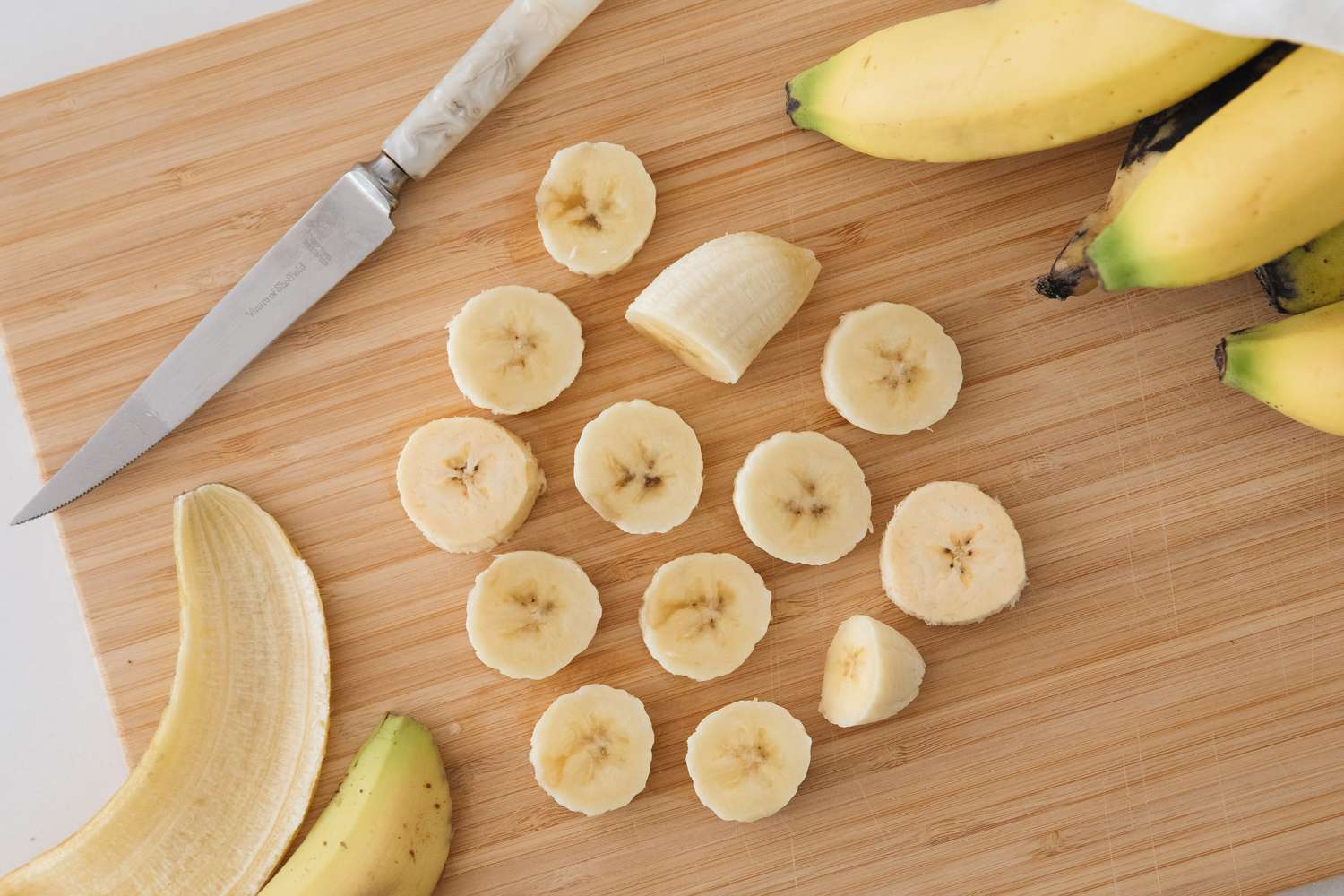
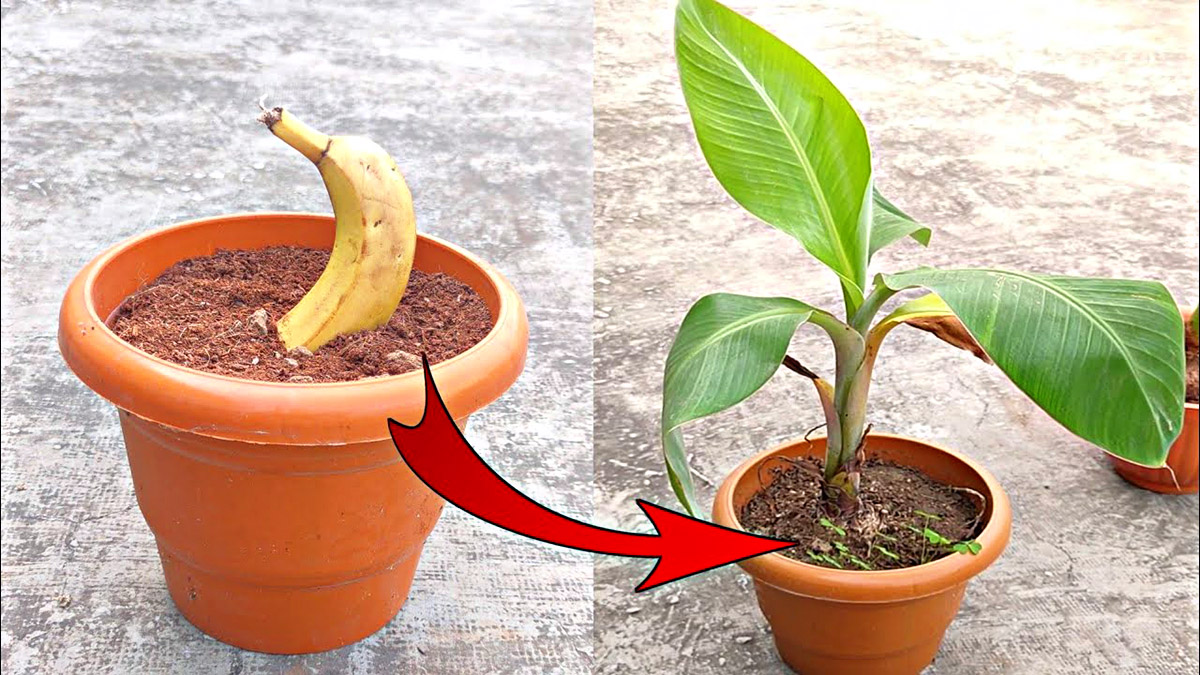
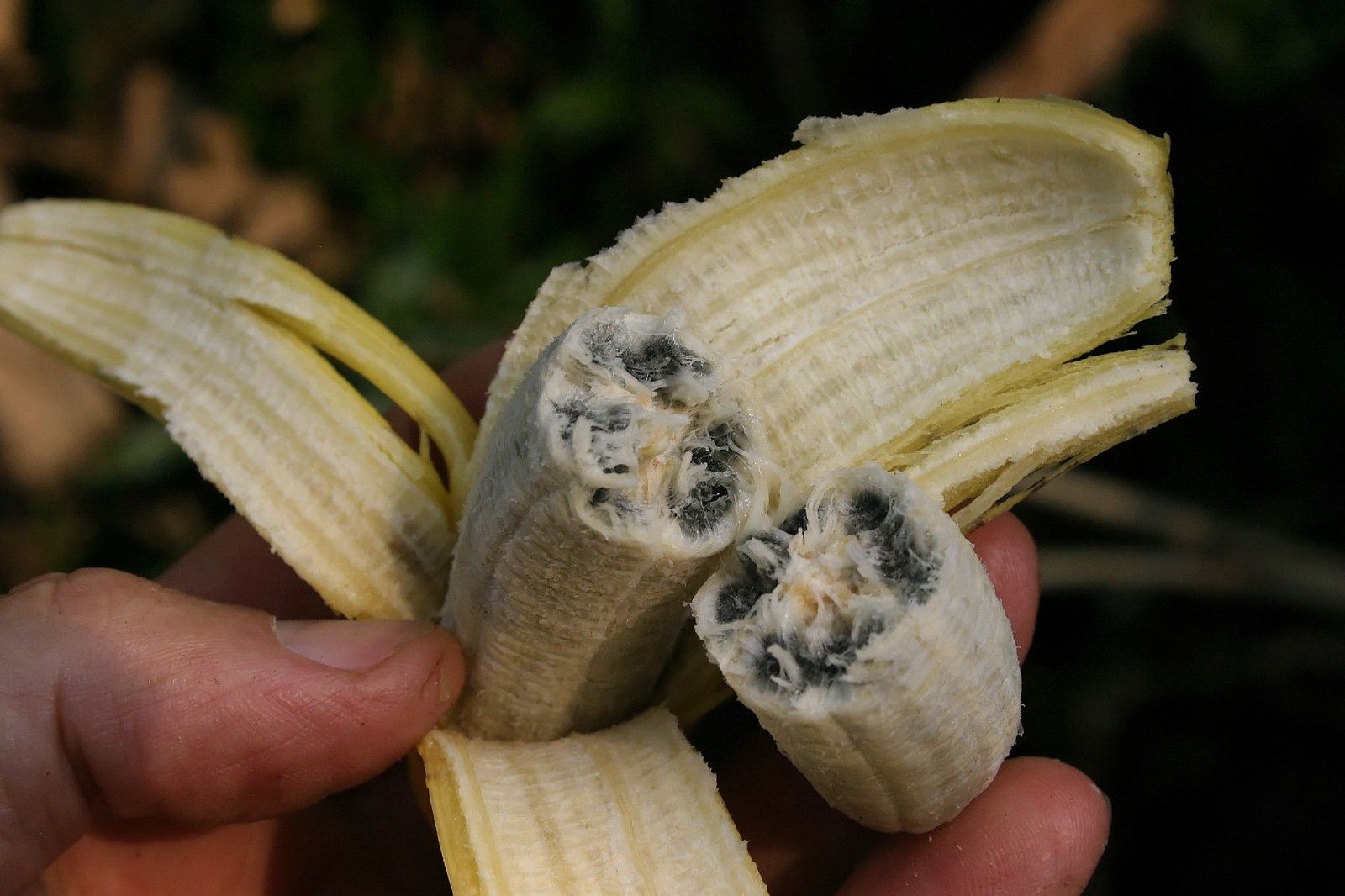
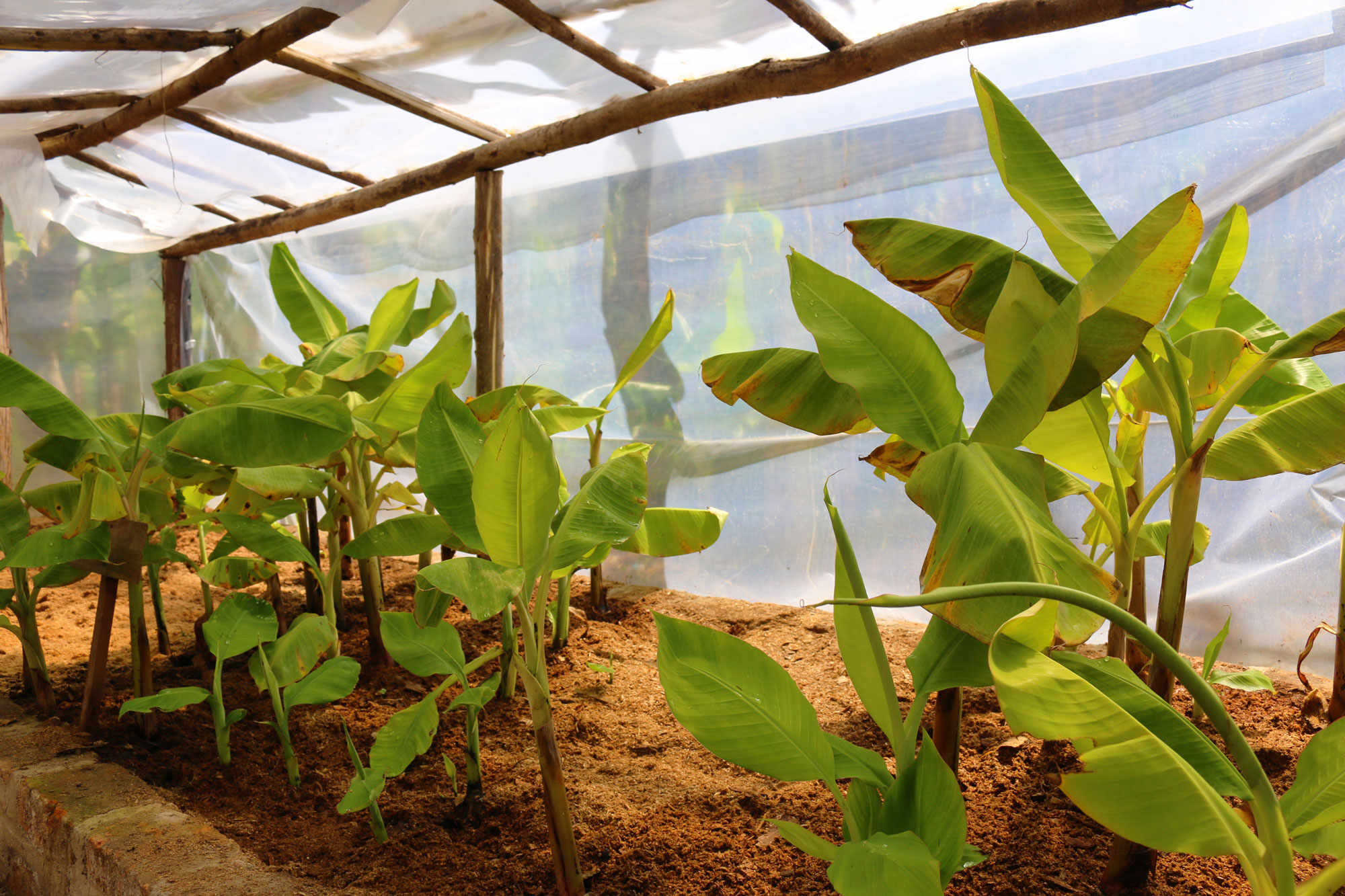
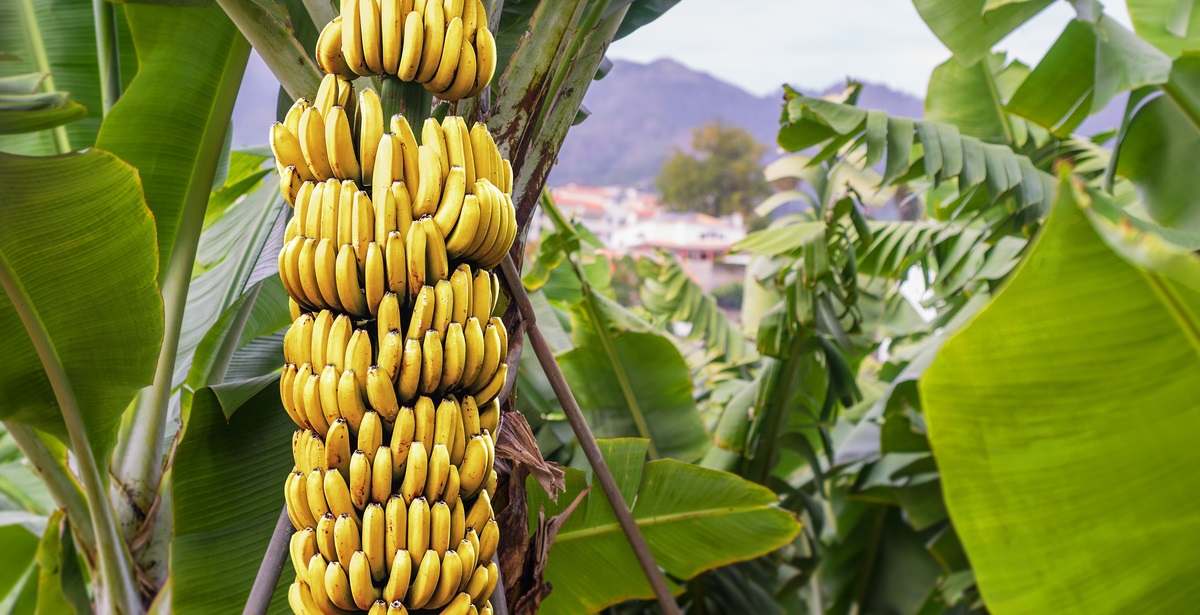
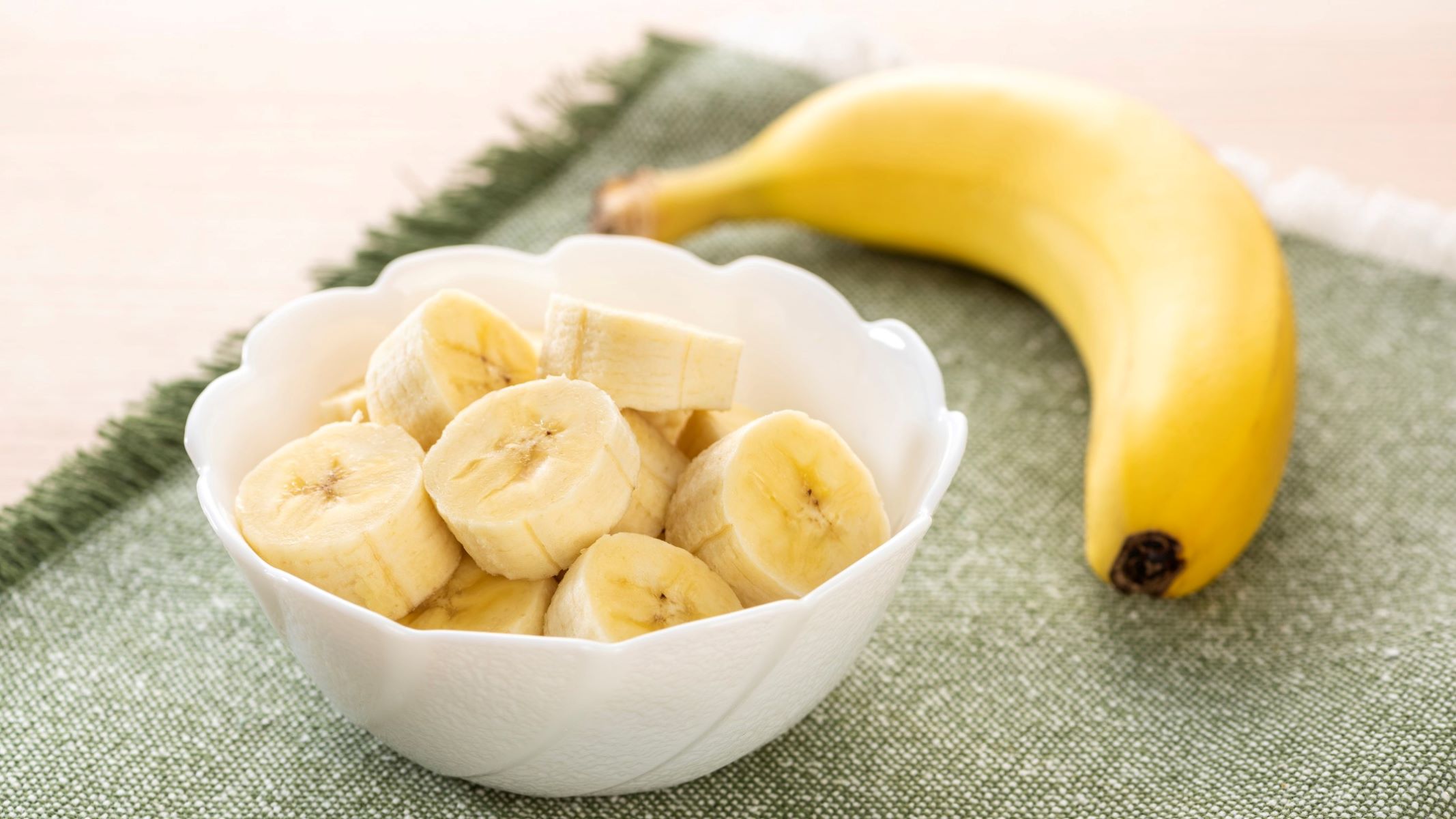
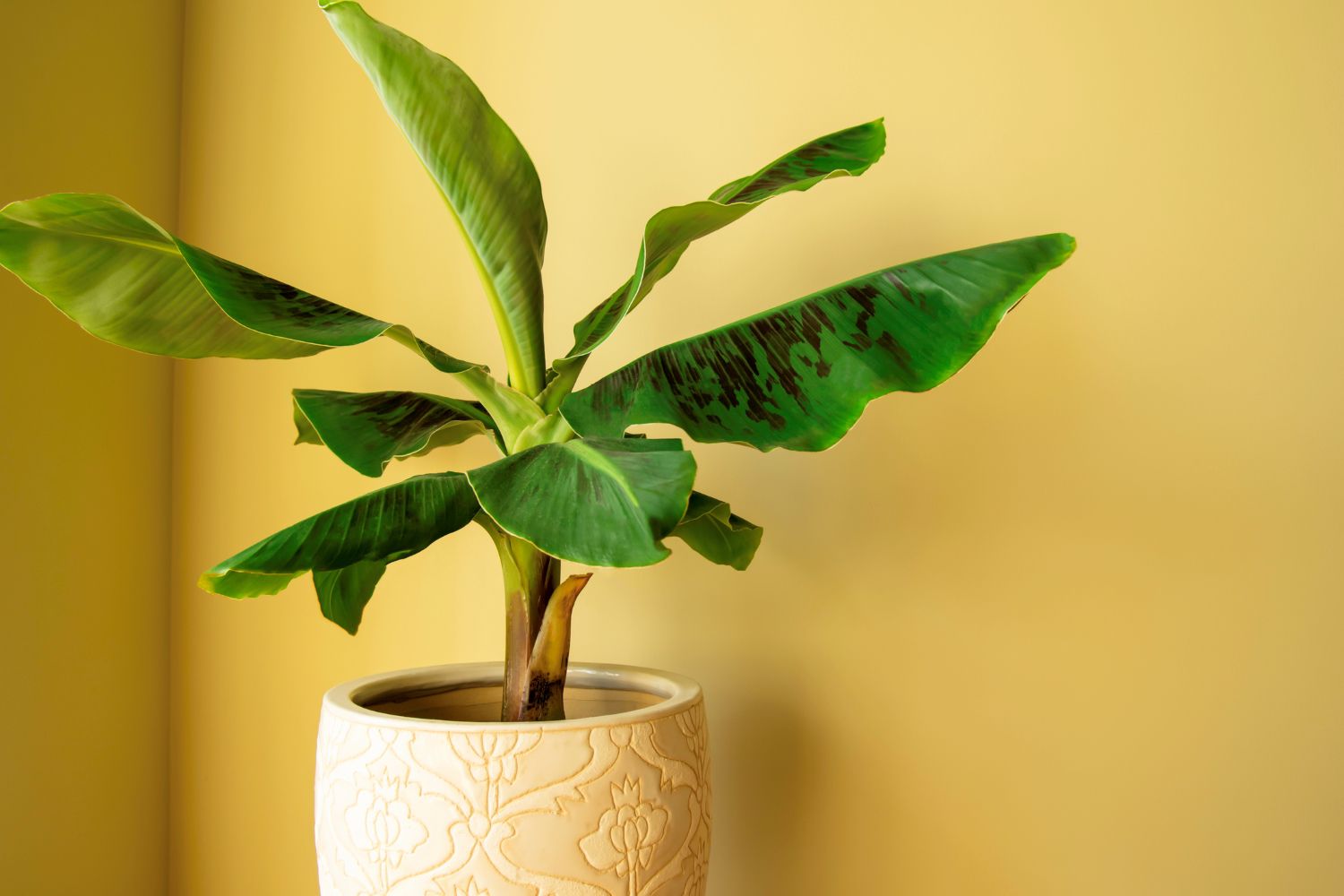
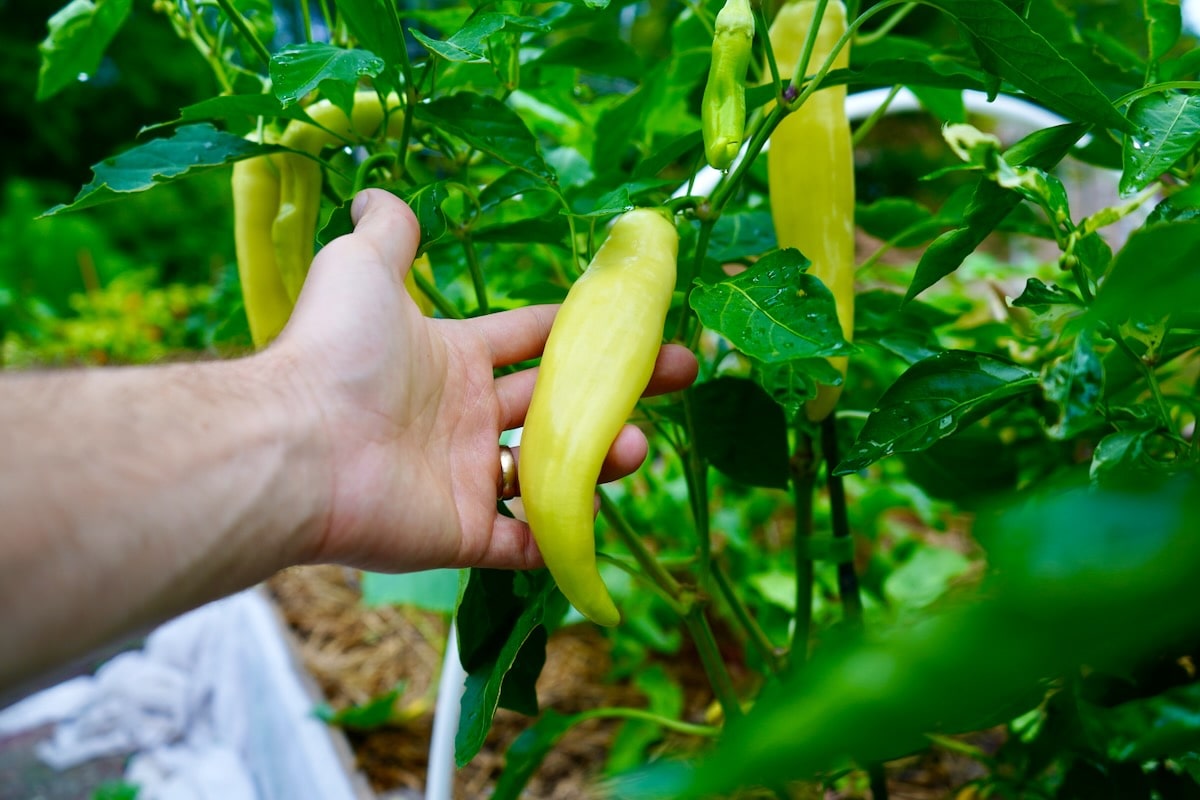
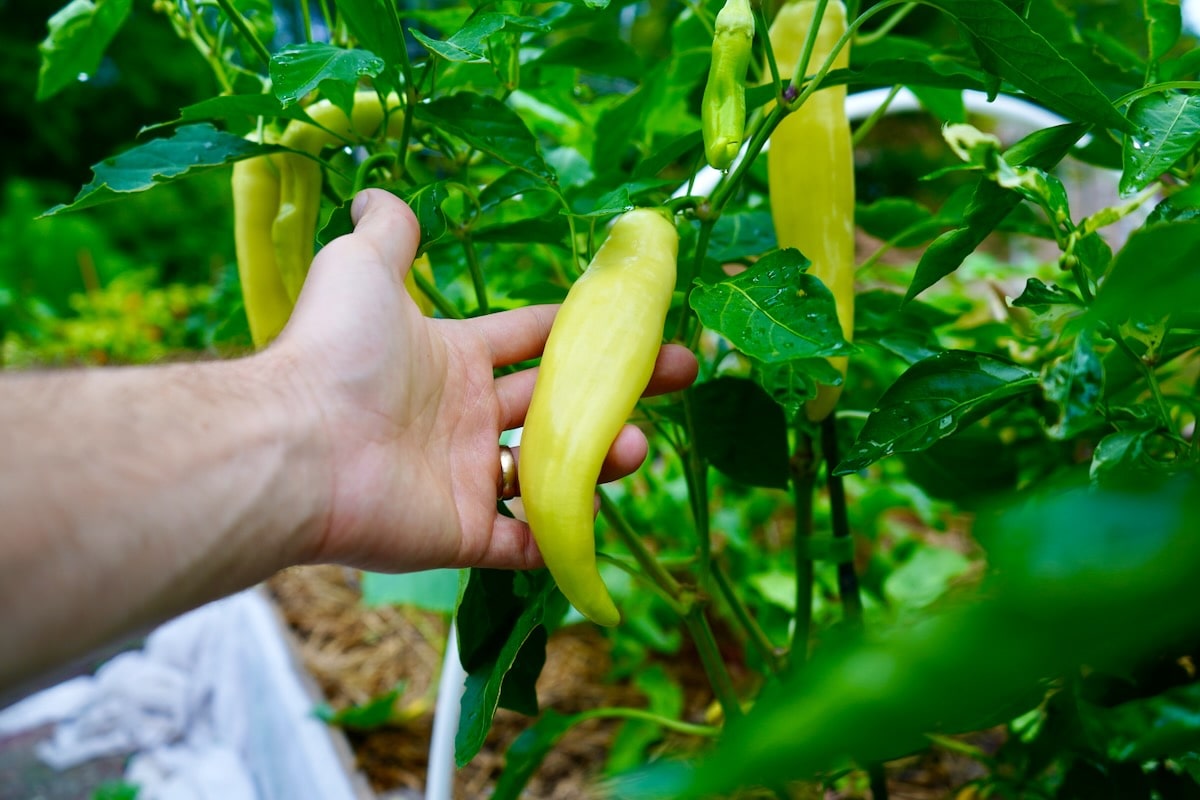
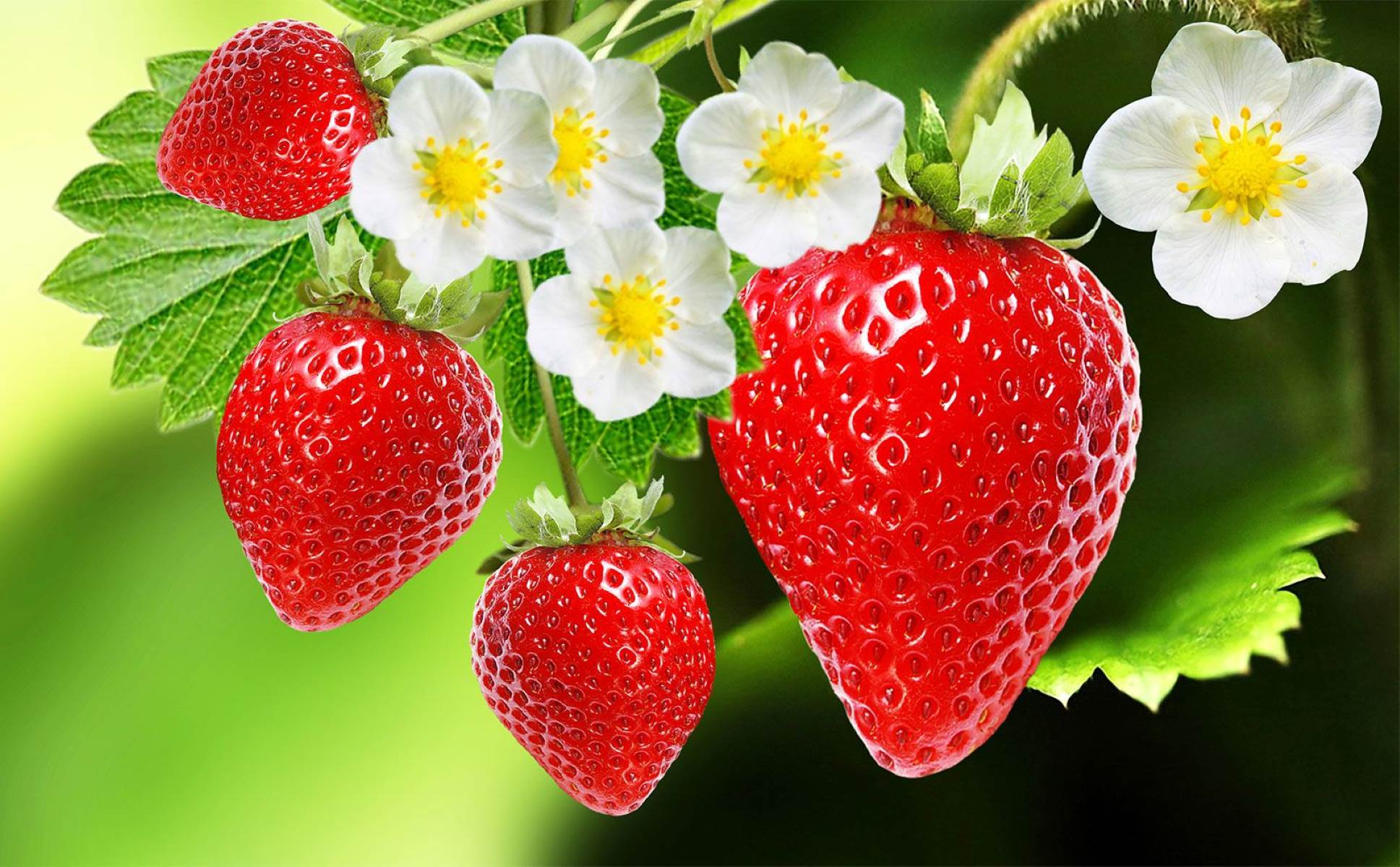
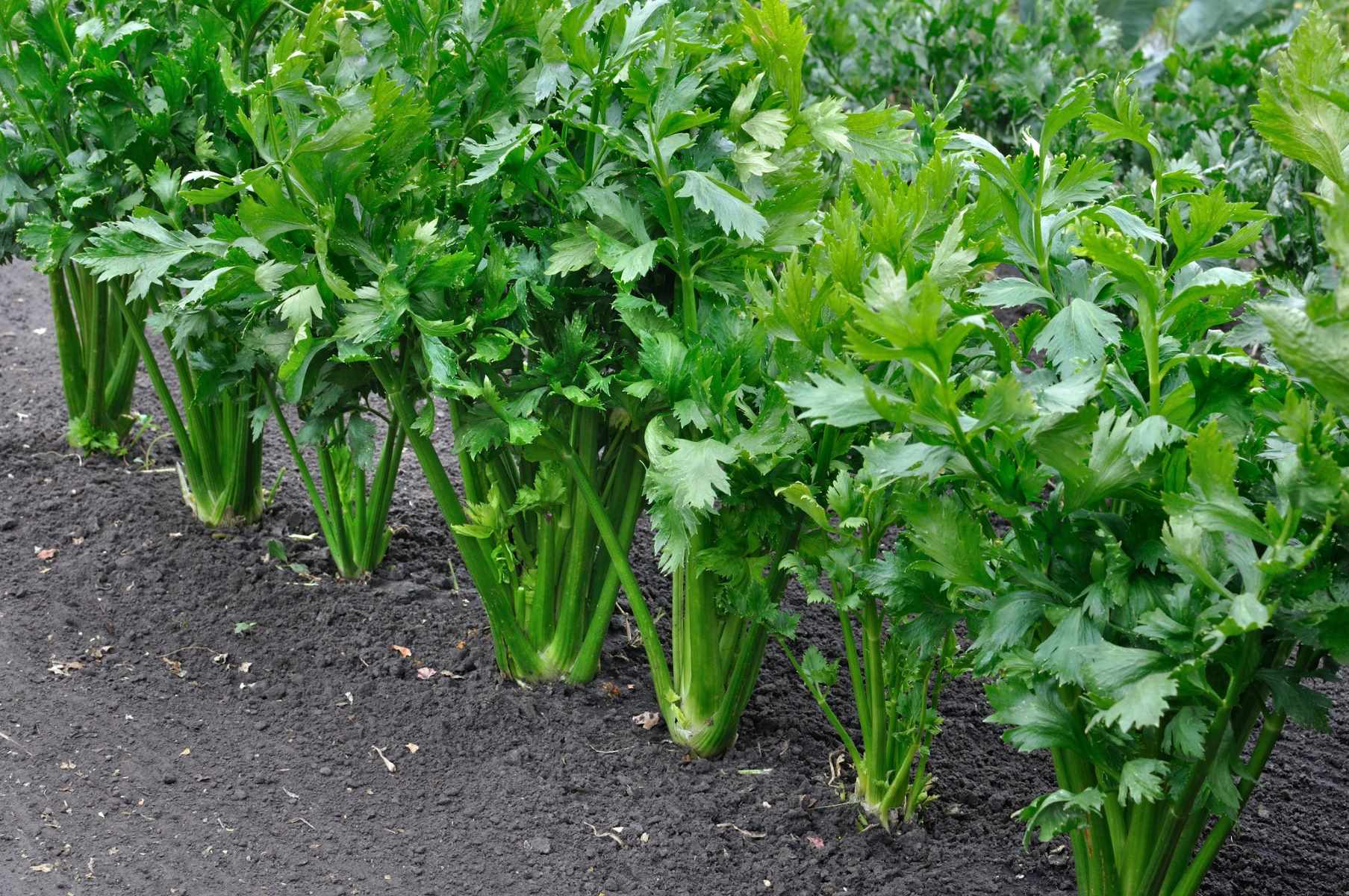
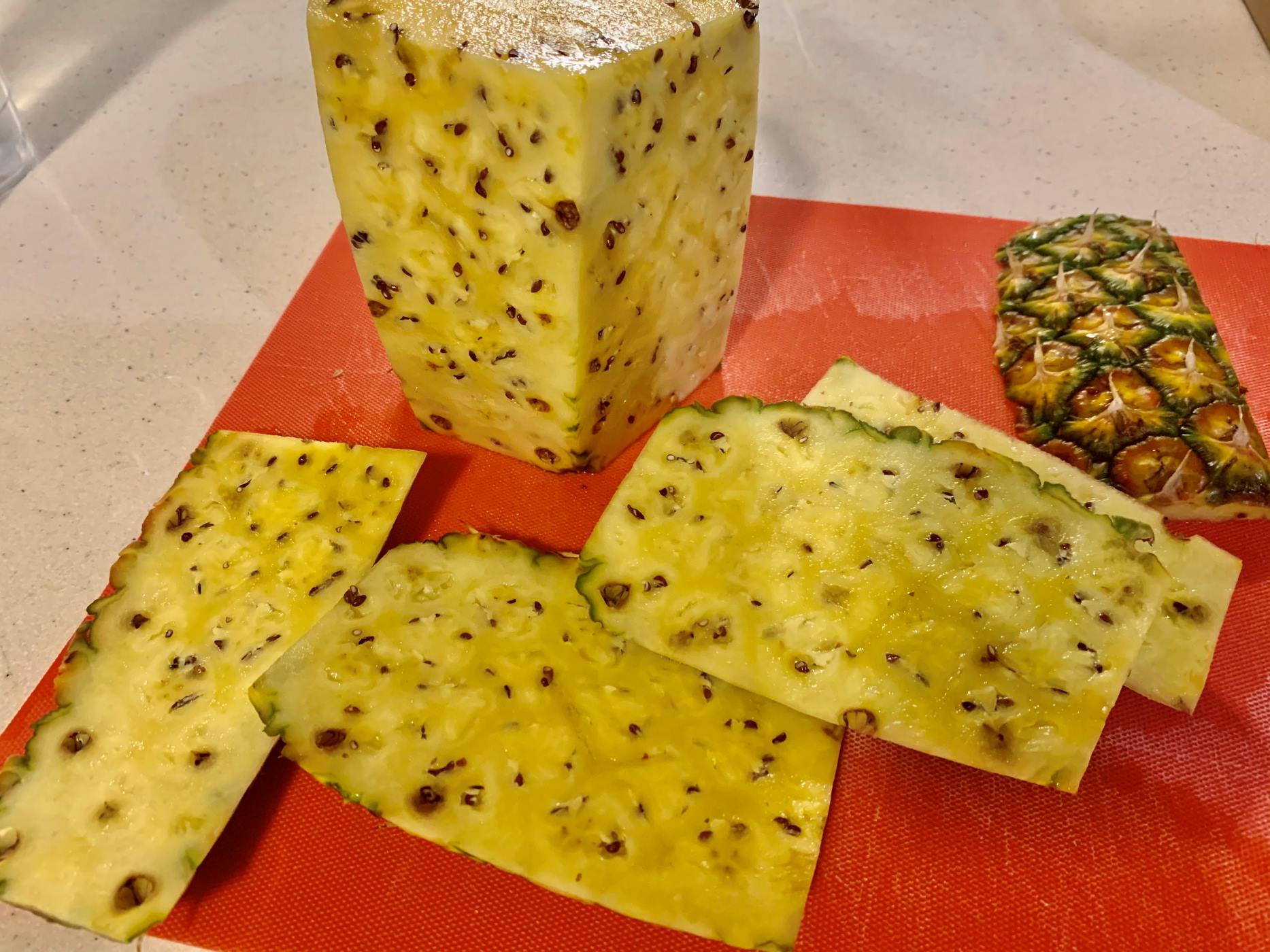
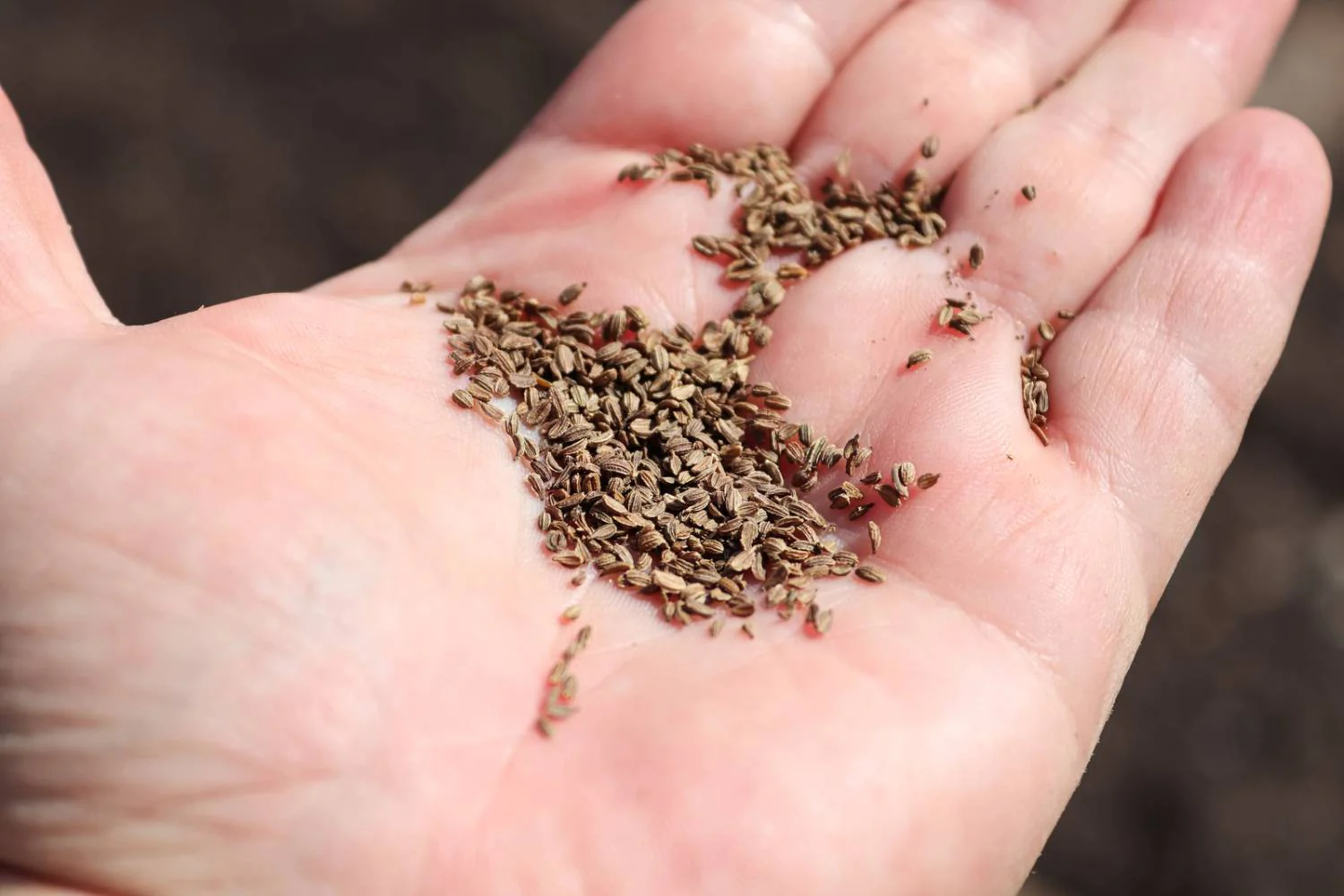
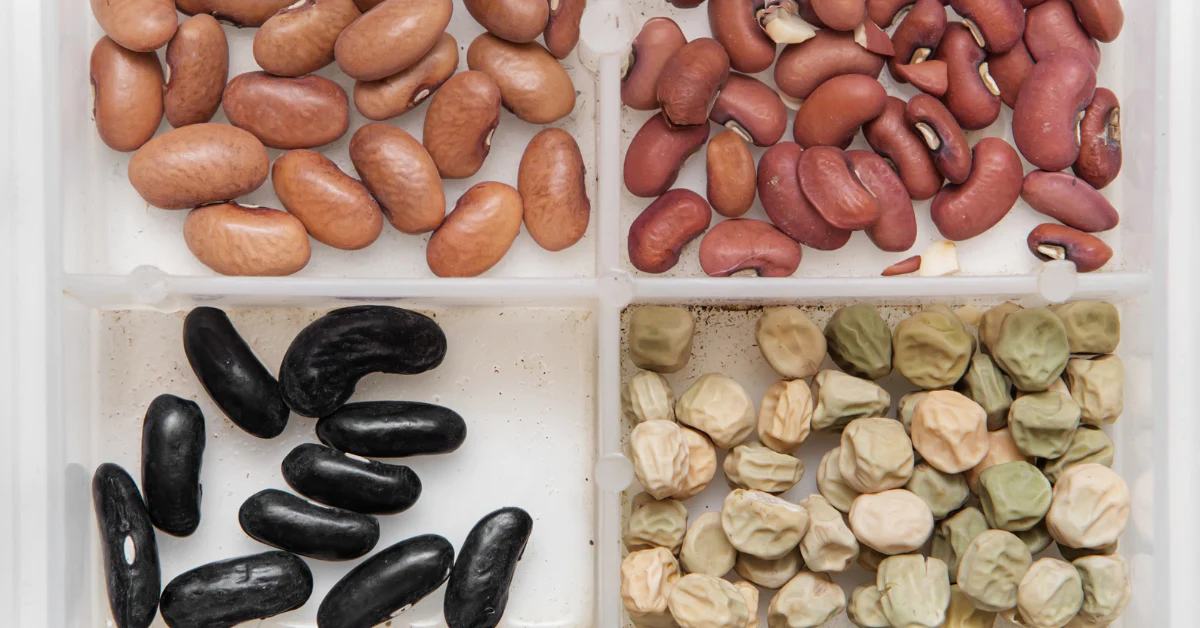

0 thoughts on “Where Are The Seeds On A Banana”